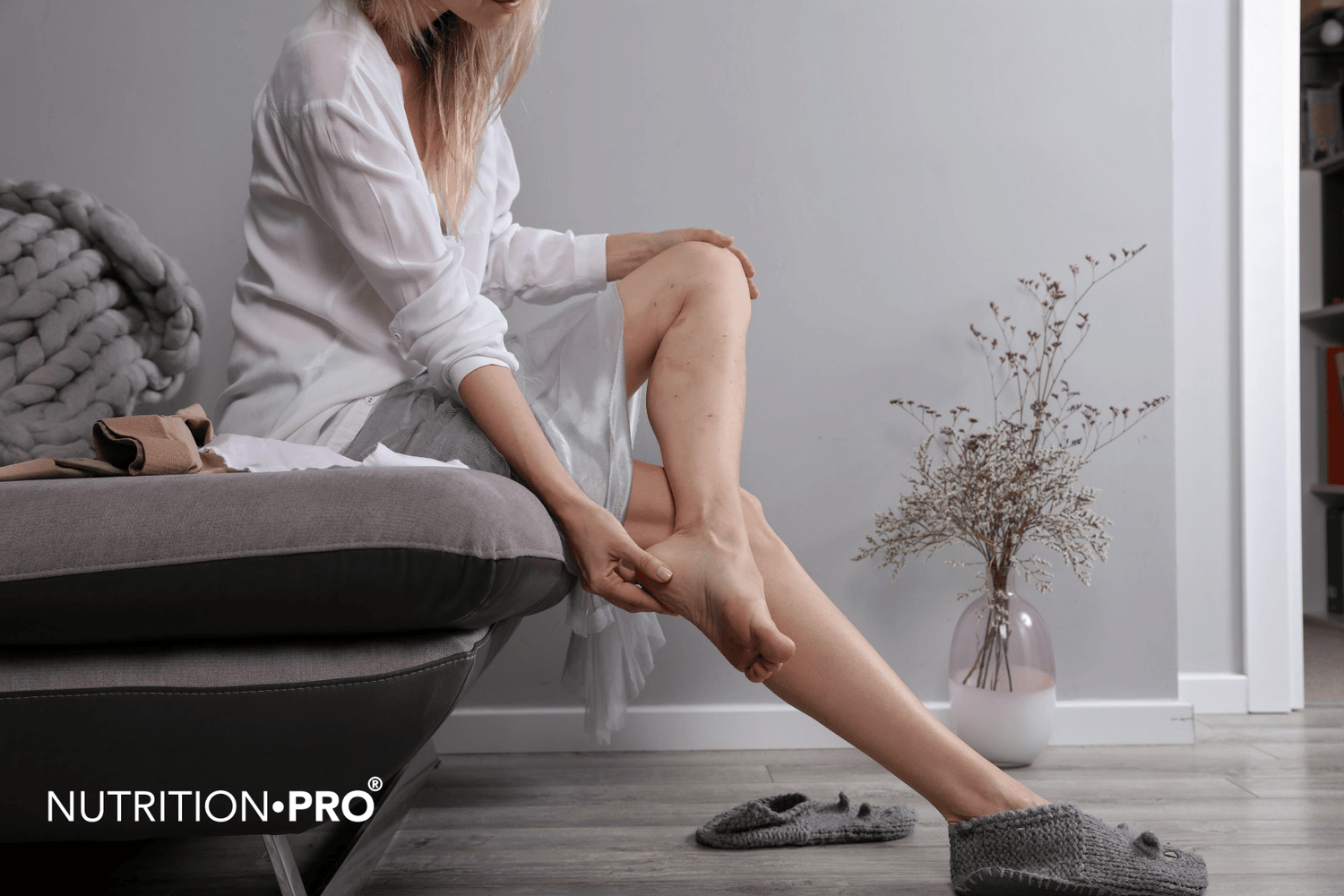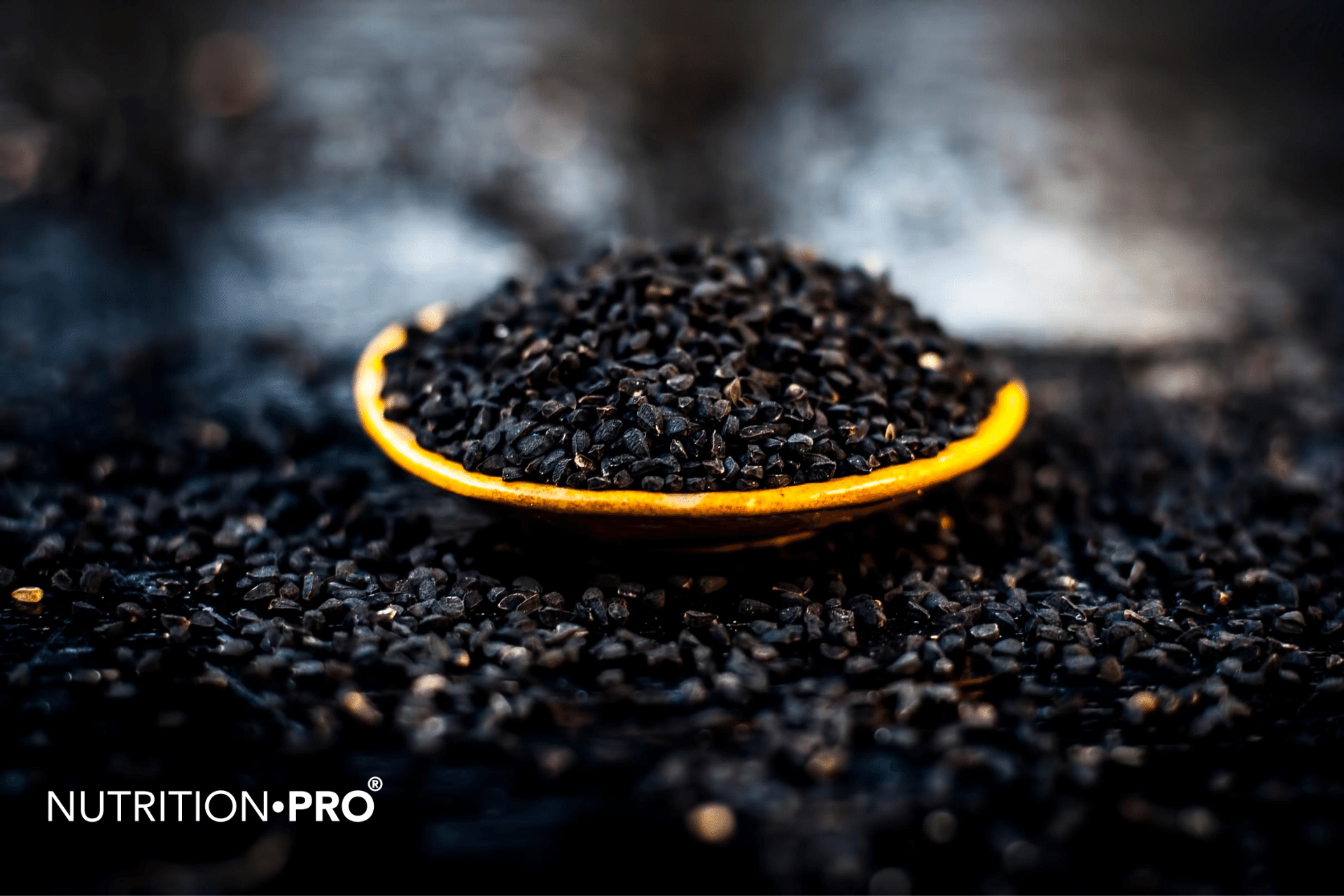Water retention occurs when excess fluids build up inside your body.
It is also known as edema .
Water retention occurs in the circulatory system or in tissues and cavities. This can cause swelling in the hands, feet, ankles, and legs.
There are several reasons why this happens, many of which are not serious.
Some women experience water retention during pregnancy or before their monthly period.
People who are physically inactive, such as when bedridden or seated during long flights, may also be affected.
However, fluid retention can also be a symptom of a serious condition such as kidney disease or heart failure. If you experience sudden or severe water retention , seek medical attention immediately.
Still, in cases where the swelling is mild and there is no underlying health issue, you may be able to reduce fluid retention with a few simple tricks.
Here are 6 ways to reduce water retention .
1. Eat less salt
Salt is composed of sodium and chloride.
Sodium binds to water in the body and helps maintain fluid balance inside and outside cells.
If you often eat meals high in salt, like many food processed , your body can retain water. In fact, these foods are the greatest dietary source of sodium.
The most common advice for reducing water retention is to decrease sodium intake . However, the evidence behind this is mixed.
Several studies have shown that an increase in sodium intake leads to increased fluid retention inside the body .
In contrast, a study in healthy men did not find the same effect, so results may vary by individual .
2. Increase Your Magnesium Intake
Magnesium is a very important mineral .
In fact, it is involved in more than 300 enzymatic reactions that maintain the operation of the organism.
Additionally, increasing your magnesium intake can help reduce fluid retention .
One study found that 200 mg of magnesium daily reduced fluid retention in women with premenstrual symptoms (PMS) .
Other studies in women with PMS have reported similar results .
The good ones sources of magnesium include nuts, whole grains, dark chocolate and leafy green vegetables. It is also available at an additional cost. You can find magnesium supplements at your local pharmacy or line.
Discover our Magnesium +
3. Increase Your Vitamin B6 Intake
Vitamin B6 is a group of several related vitamins.
They are important for the formation of red blood cells and perform many other functions in the body.
Vitamin B6 has been shown to reduce fluid retention in women with PMS .
Foods rich in vitamin B6 include bananas , the potatoes , the nut and meat.
Discover our Magnesium + supplemented with vitamin B6
4. Eat more potassium-rich foods
Potassium is a mineral that fills several important functions .
For example, it helps send the electrical signals that allow the body to function. It may also benefit heart health .
Potassium appears to help reduce fluid retention in two ways, by lowering sodium levels and increasing urine output .
bananas, lawyers and tomatoes are examples of potassium-rich foods.
5. Try taking dandelion
Dandelion ( Taraxacum officinale ) is a plant that has long been used as natural diuretic in traditional medicine .
Natural diuretics can help reduce fluid retention by making you urinate more often.
In one study, 17 volunteers took three doses of dandelion leaf extract over a 24-hour period.
They monitored their fluid intake and flow over the following days and reported a significant increase in the amount of urine produced .
Although this was a small study with no control group, the results indicate that dandelion extract may be an effective diuretic.
Additionally, studies suggest that dandelion may have many other potential benefits .
Discover Cellulip®, a formula containing dandelion and effective as a diuretic
6. Avoid refined carbs
The consumption of refined carbohydrates causes rapid spikes in blood sugar and insulin .
High insulin levels cause your body to retain more sodium by increasing sodium reabsorption in the kidneys .
This leads to a more fluid volume inside your body.
examples of carbohydrates refined include processed sugars and grains, such as sugar table and white flour.
Other Ways to Reduce Water Retention
Reducing water retention is something that hasn't been studied much.
However, there are a few other potentially effective ways to reduce water retention .
Keep in mind that some of these are only backed by anecdotal evidence, not studies.
- Getting Around: The simply walking and moving around can be effective in reducing fluid buildup in certain areas, such as the lower extremities. Elevating your feet can also help.
- Drink more water: some believe that the increase in water consumption can paradoxically reduce water retention .
- Horsetail: One study found horsetail to have diuretic effects .
- Parsley: This herb has a reputation as a diuretic in traditional medicine .
- Hibiscus: Roselle, a species of hibiscus , has been used in traditional medicine as a diuretic. A recent study also supports this practice .
- Garlic: Well known for its effects on the common cold, garlic has historically been used as a diuretic .
- Fennel: This herb may also have diuretic effects .
- Corn silk: This herb is traditionally used for the treatment of water retention in some parts of the world .
- Nettle: This is another popular remedy used to reduce water retention .
- Cranberry juice: It has been claimed that cranberry juice may have diuretic effects.
In conclusion
Some simple dietary changes can help reduce fluid retention .
To start, you can try to eat less salt, for example by cutting down on processed foods.
You can also eat foods rich in magnesium, potassium and vitamin B6.
Taking dandelion or avoiding refined carbs can also do the trick.
However, if water retention persists or causes many problems in your life, you may want to see a doctor.















